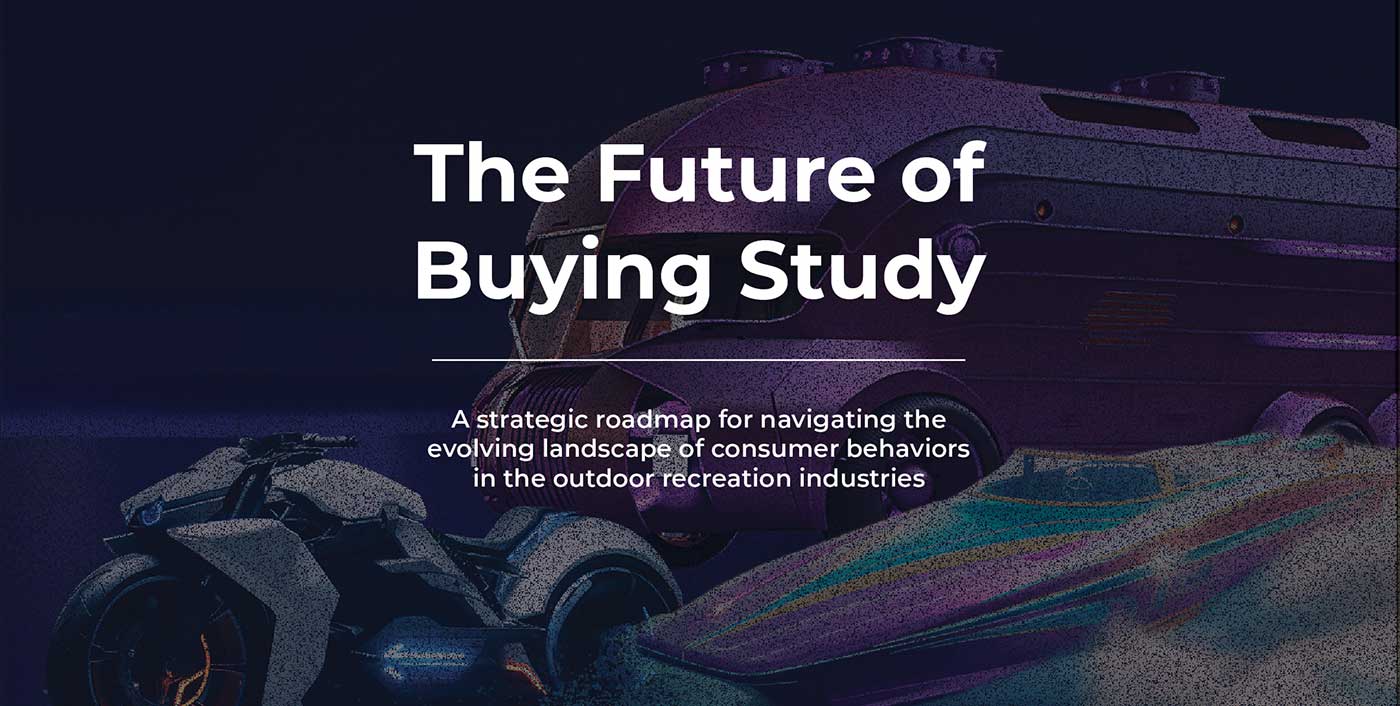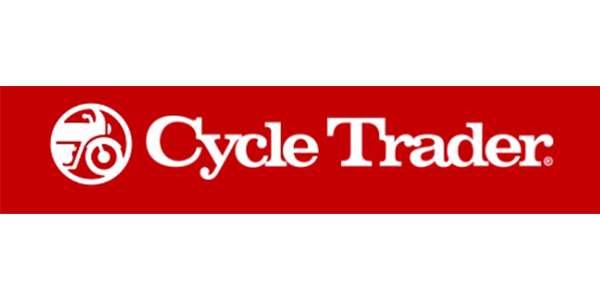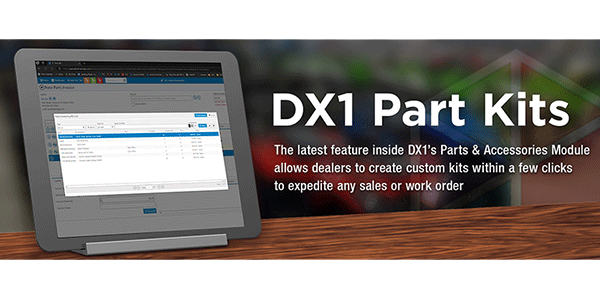Did you end up with some bloated parts inventory or units post-COVID? Or did you end that era as a lean, mean selling machine? It’s okay if you ended up with a bit of a bloat bubble. Regardless if it’s a pandemic that causes the whole U.S. to want our product or just an accelerated growth time, we all end up with bloat on the books.
Just like anything else, we can build a system to prune the dead growth and make room for the new cash we want to come in. There are four things I would add to your “beat the bloat checklist.” You can use this advice if you are running your own department or own the dealership — the principles are the same. The only difference is the scale.
1. Get Comfortable With Your Numbers
This can be frustrating depending on where you are starting. Most of the time, we get bloated because we are out of sync with our numbers to begin with. It can be a department manager knowing what inventory is stagnant and is past its 180-selling-day time frame, or it can be old, open repair orders (ROs) with parts that are on indefinite backorder. It can even be dead inventory on the floor with units. Dead inventory is just taking up cash and space for things that our money should be going toward.
If your numbers are a bit of a mess, then focus on the numbers that you do have access to, such as current sales and days on hand. Decide on what reports are going to be run to “see” this info and the frequency. A good starting place is every 90 days to see what’s not selling. Then, use those categories that are not moving to be part of the next sales package or promotion. Better to move it after 90 days then forget about it for 180 days. After that, make a plan with your accountant/manager to get a better understanding of your numbers going forward.
You don’t have to wait around for someone to want to help you with your numbers. If your accountant or boss makes this process difficult, you have two different options. If it’s your boss, see what reports you can create or run on your own. It doesn’t have to be fancy to be effective. Just part number/stock number and days in inventory not sold, plus the cost of the item. Those three things are the only things needed. From there, the creative juices start to flow for you to figure out how to get rid of the product.
If it’s your accountant … I’ve been there. When I owned my independent dealership with my husband, I had countless accountants and bookkeepers explain things to me so that I left the conversation feeling dumber than when I went into it. It was frustrating and sometimes humiliating that I “didn’t know my numbers.” First step: See if they are keeping the books current. That means they are closing the books no more than 10 days after the end of every month. If not, find out why. It’s hard to look at current data if it’s still in a paper pile on the desk next to you. If your numbers are current but they still are not being helpful, find a new accountant! His or her literal job is to be the expert and have the numbers make sense for you on time.
He or she is not there to also do the tag paperwork and the 19 other things that have migrated onto his or her plate. Keep that job role clean, inputting numbers, paying bills and keeping your taxes current. Hire part time help for the other tasks. It took me years and cost me a lot of money to figure out that rule.
2. Look at Your Sales Trends
It’s not a given that you will be selling the same thing year over year. Some years, I’ve killed it when it came to rim and tire packages. Other years, they were dead in the water and needed to go. Same thing can happen with unit trends. Instead of hanging on to that inventory and the emotions that come with it, find a way to let it go. (That is why we keep things too long in the first place. They invoke an emotion or memory).
Let’s make a plan to get rid of this inventory and bring it back inline with what’s selling now. Also, what are your sales trends? Are they seasonal? Are they influenced by events, such as hunting or farming? We want to free up this cash so that we can support our customers that are the most profitable. Not just the one-off sale — that’s what special orders are for.
This is also a very good excuse to be a bit more exclusive when you’re buying. I started using this as a limited-run sales promotion. I use this all the time for helmets. I will buy a size run in a helmet, and then when that size sells, I’ll either wait until the majority of the helmets in that series sell or move to a new color. That way, I keep a good size run of helmets in stock, but the colorways are always fresh. It’s amazing what you can do with “fresh” inventory on the floor. Regardless, a helmet is a helmet.
3. Make a Written Plan to Get Rid of the Bloat
I hate when managers and owners expect all of this change to happen without a written plan. It probably does help that I’m an analytical person, but even someone who is visual will benefit too. The reason why we come up with a written plan is to let everyone be on the same page and move in the same direction.
There is no remembering things differently or massaging deadlines to fit the slowest person on the team’s work pattern. That doesn’t mean that the plan needs to be written in stone and can never be changed. I actually prefer a fluid plan that reflects where we are all at. This is a great time to use a team dashboard or team Google doc to keep everyone on track. But, a plan must have three things:
- It must have an objective of things that need to get done.
- It must have an end date that is realistic.
- It needs to be visible to everyone that it affects.
A plan is no good if the people affected only remember the objective a few times a month. Visibility helps keep everyone accountable.
4. Set up a Cycle to Do This More Than Once a Year
We need to prune to grow. We need to make room for the new customers we want to support. It’s so much easier to do this when it’s part of a routine instead of a cash crisis. If you are a department manager, then it will help keep your own boss and possible accountant off your back that you have inventory that keeps getting bigger and bigger, but your turn ratio is shrinking. It also keeps the cash that is being spent fresh. Cash is what pays the bills, not how much money you saved because you bought on a deal.
If you are the business owner, this is a perfect time to get rid of problems while they are small. I love it when owners meet with their managers and come up with a plan for the quarter, not just sit back, hide in their offices and wonder why numbers are not doing what they want. But, a meeting without a plan is pointless. Let your managers know that it’s going to be a focused meeting on stagnant products and have them come with fresh reports so you can go over them as a team. If there are stagnant tires in inventory, see if service can push more for tire installs or if sales can do bundle packages if someone buys a machine. If you have too many units on the floor, let the parts department and service department know, so they can talk about it to their customers.
All of these steps are in service of one thing: Keeping your dealership running as bloat-free as possible. Sure it’s unavoidable, but it is manageable. Trends happen, seasons run shorter or longer than expected. But, we will always fall back to the strength of our systems, especially in times of chaos or change. Having a plan in place will free up your brain for more strenuous and creative tasks than being caught off guard because you need cash today.













